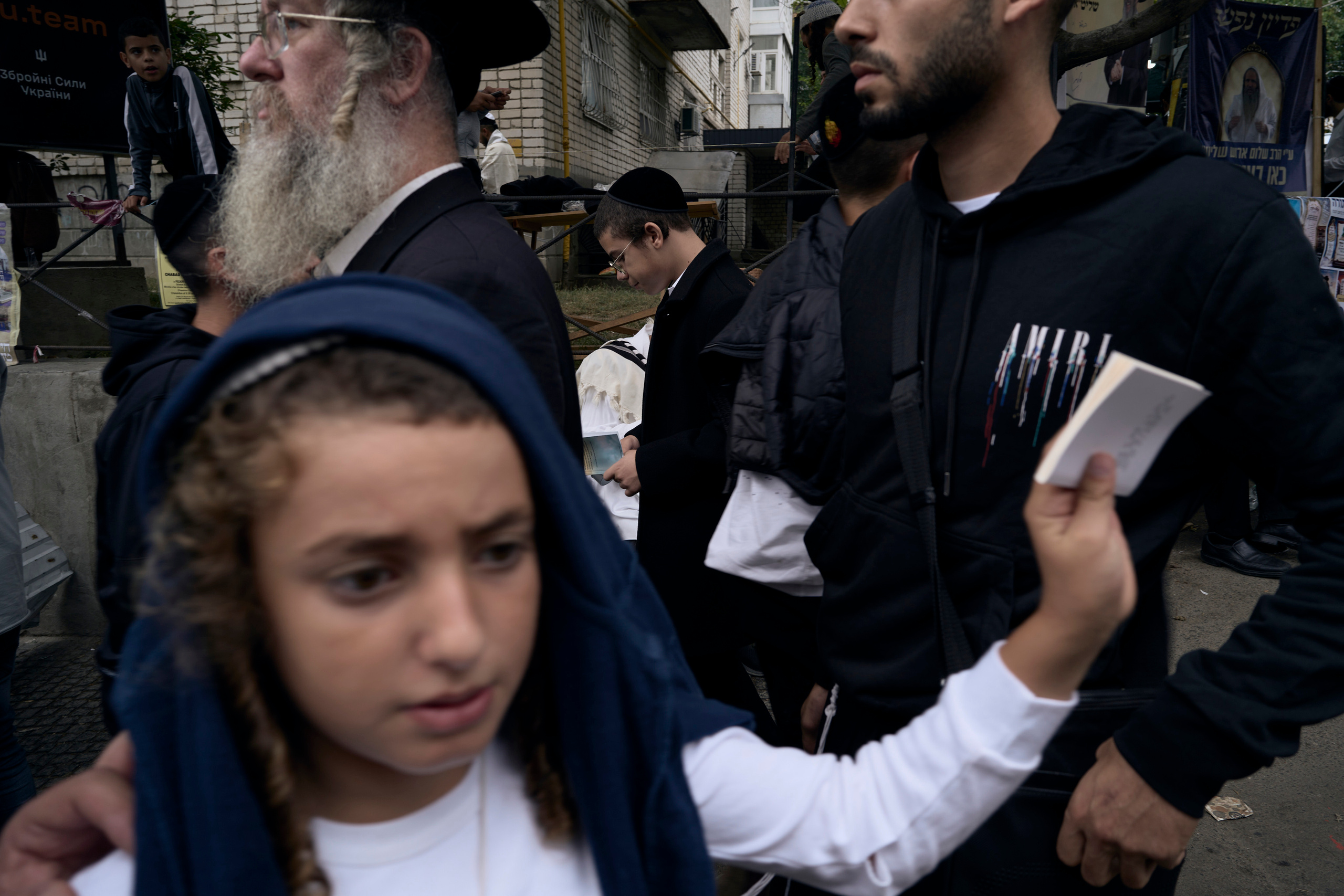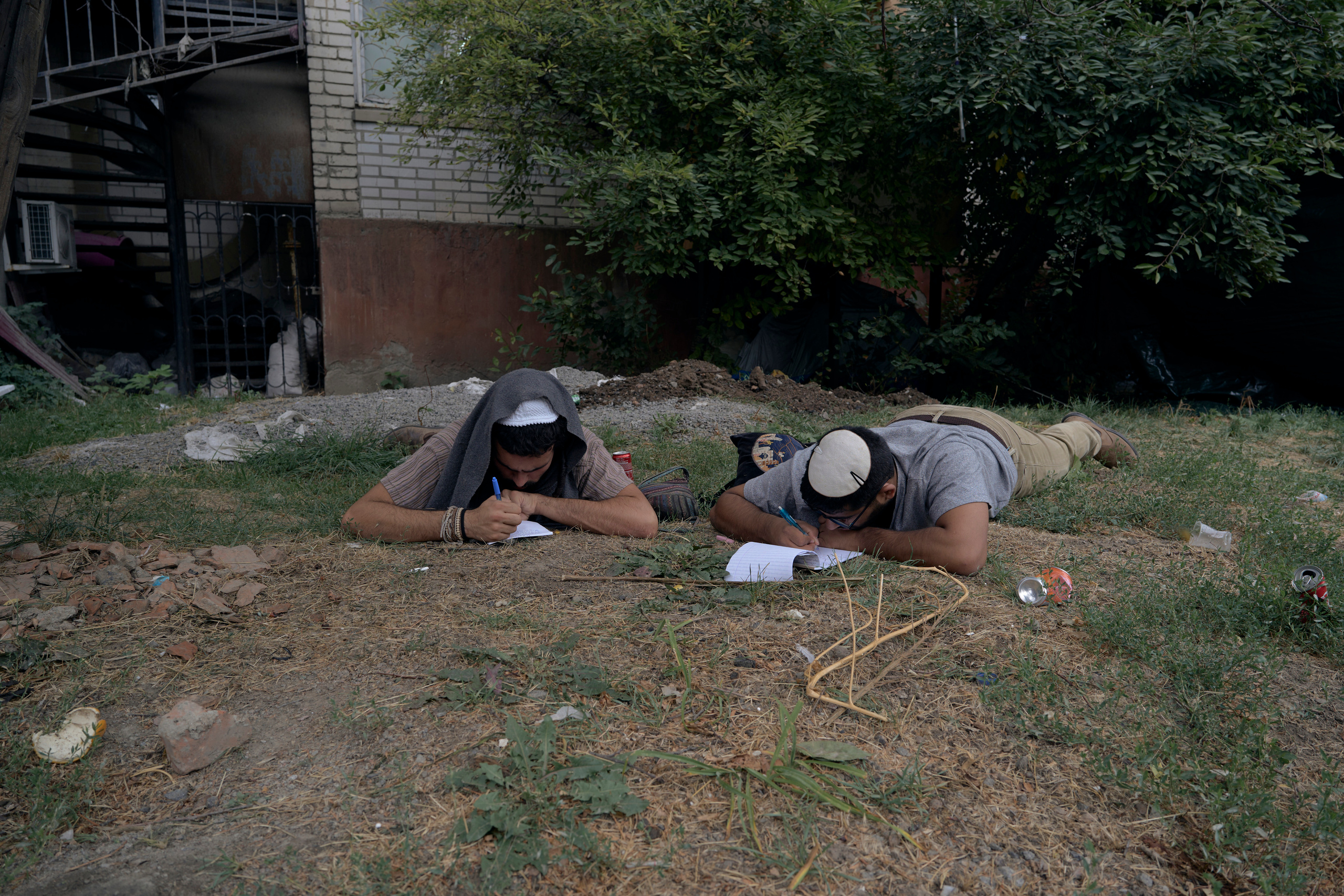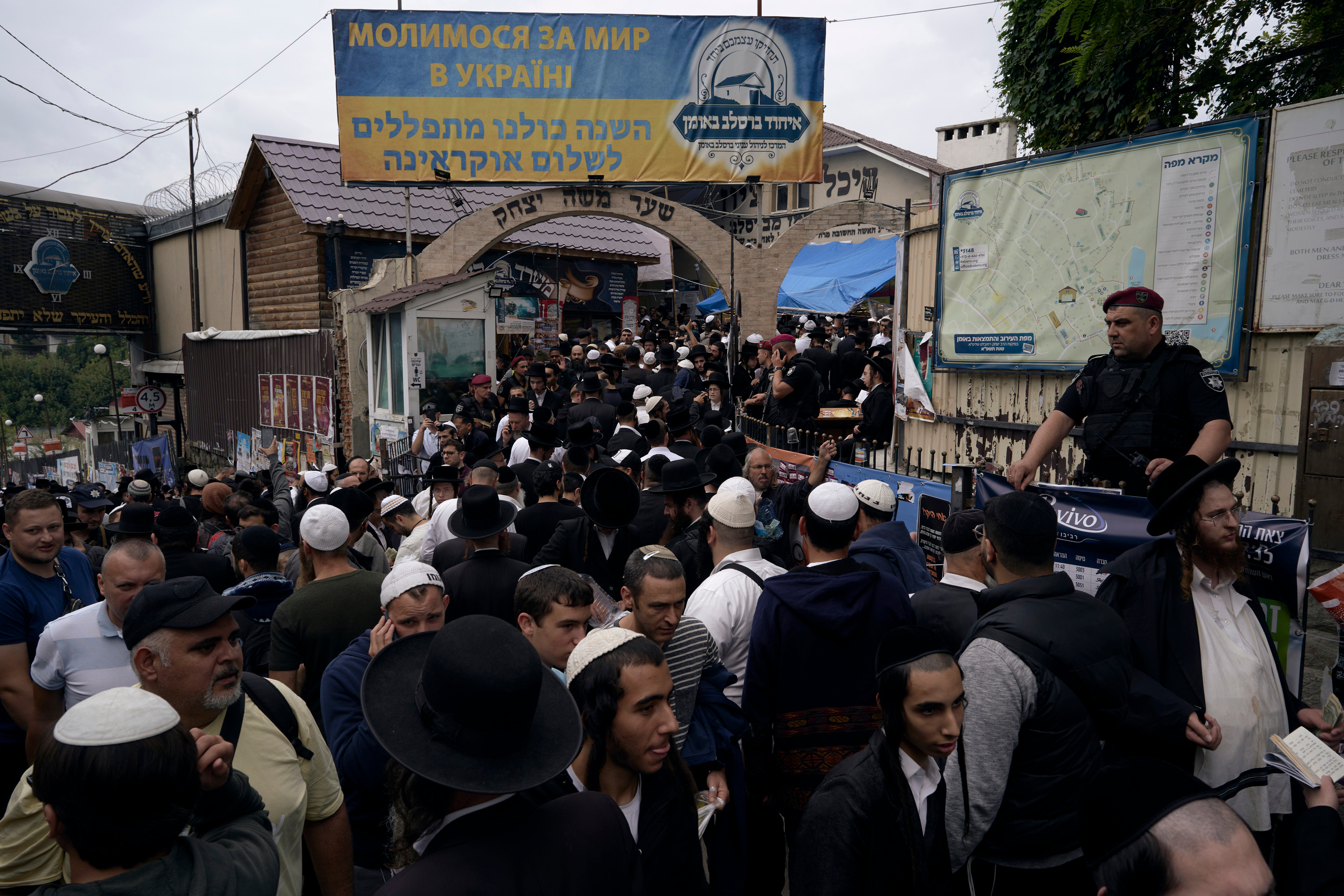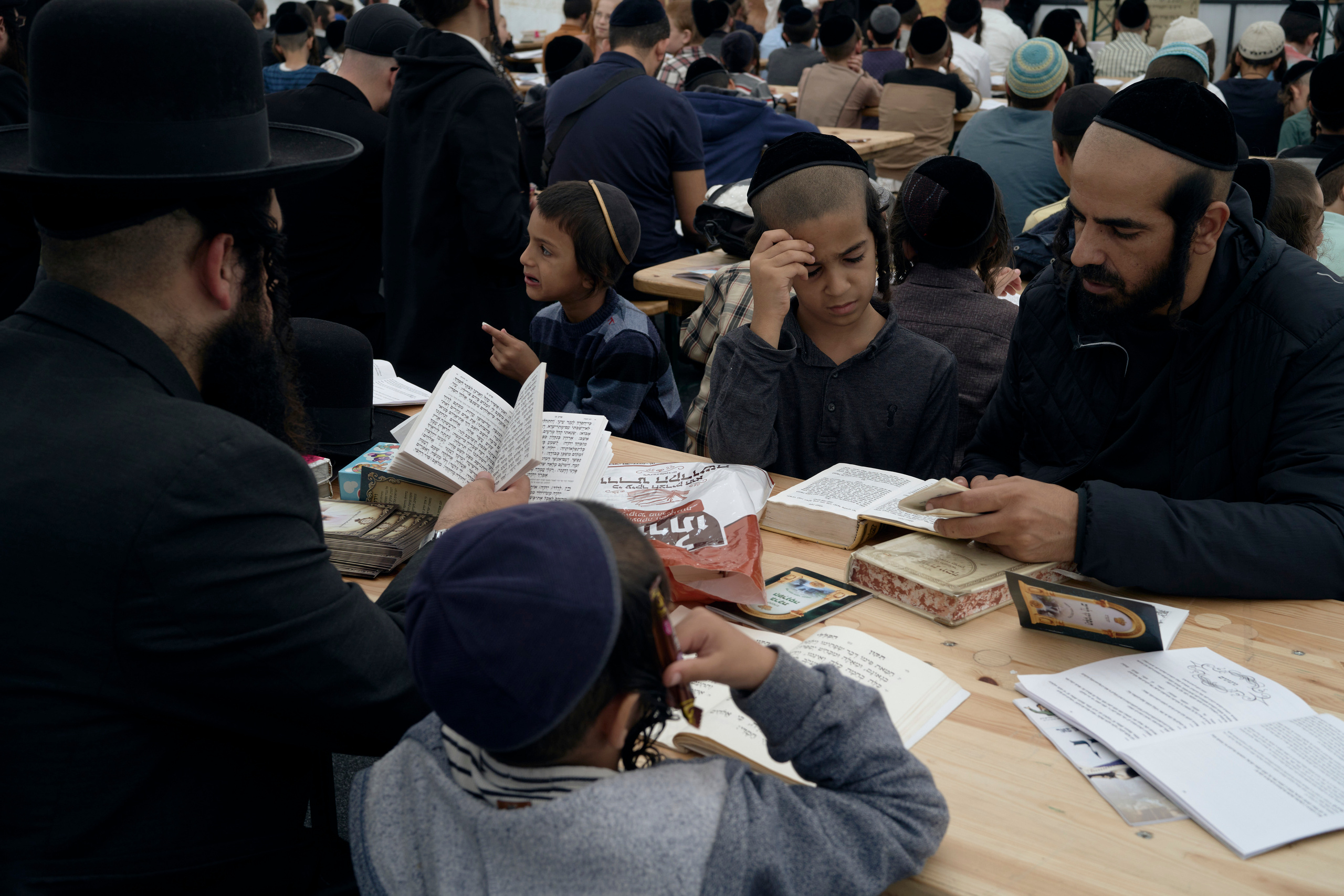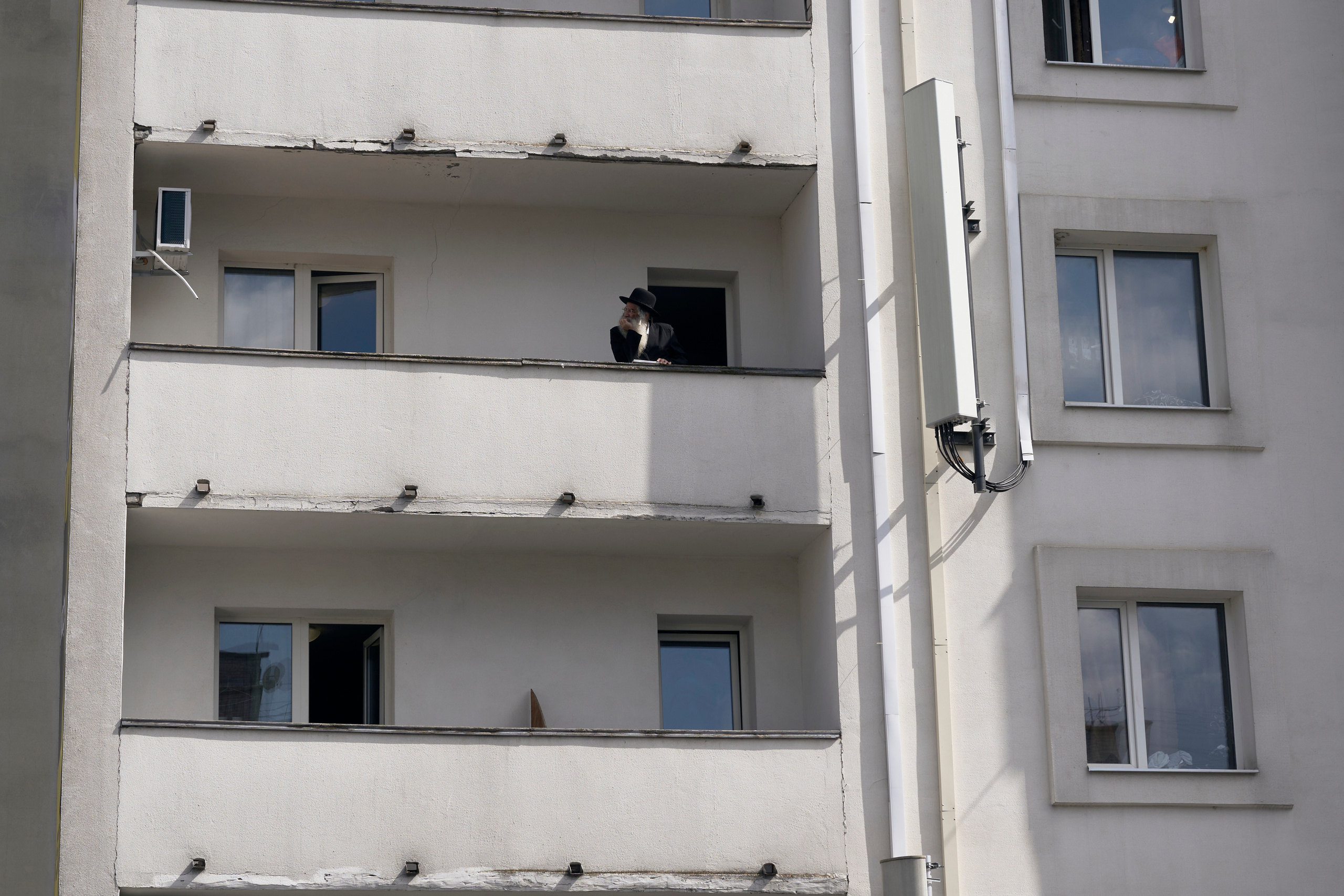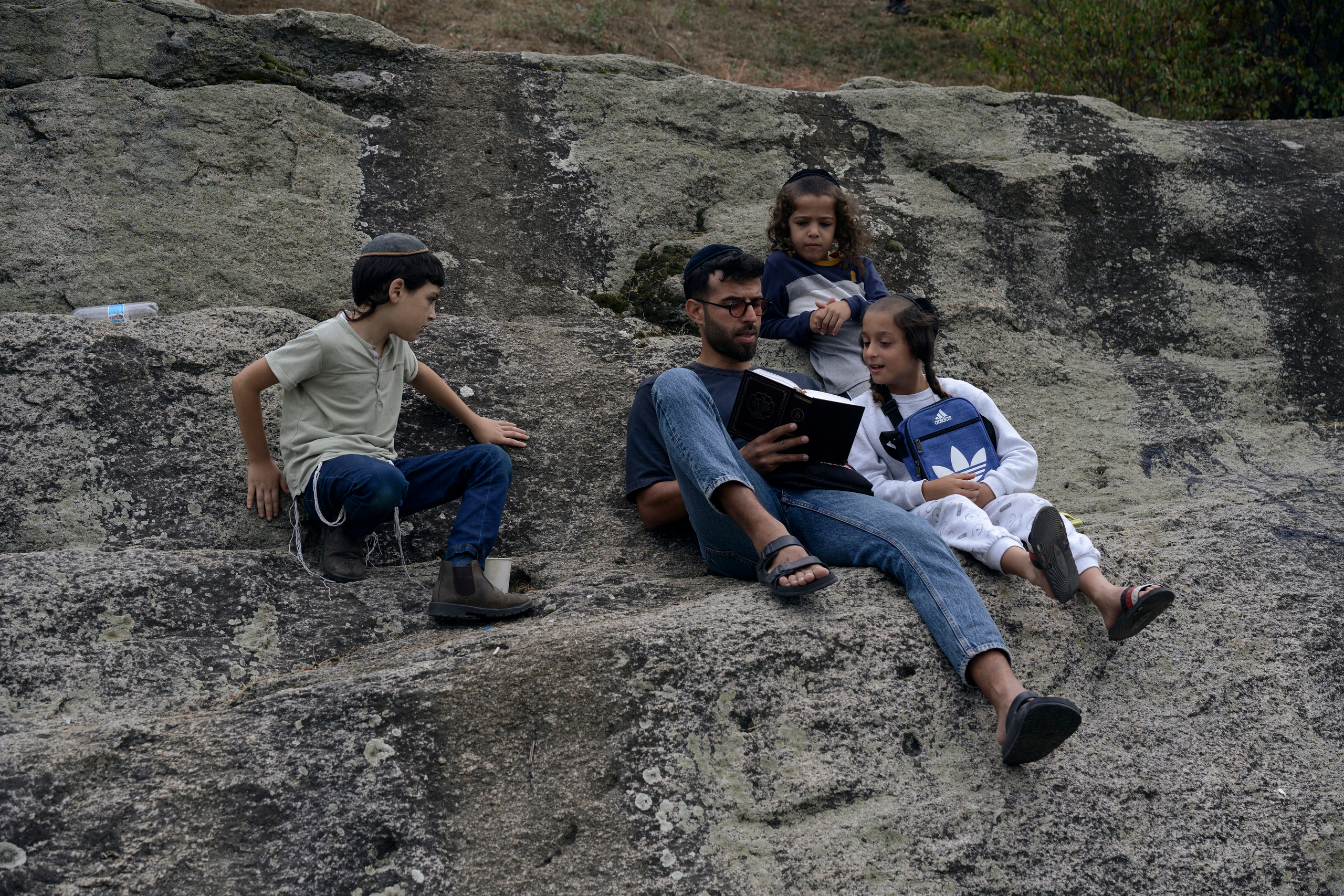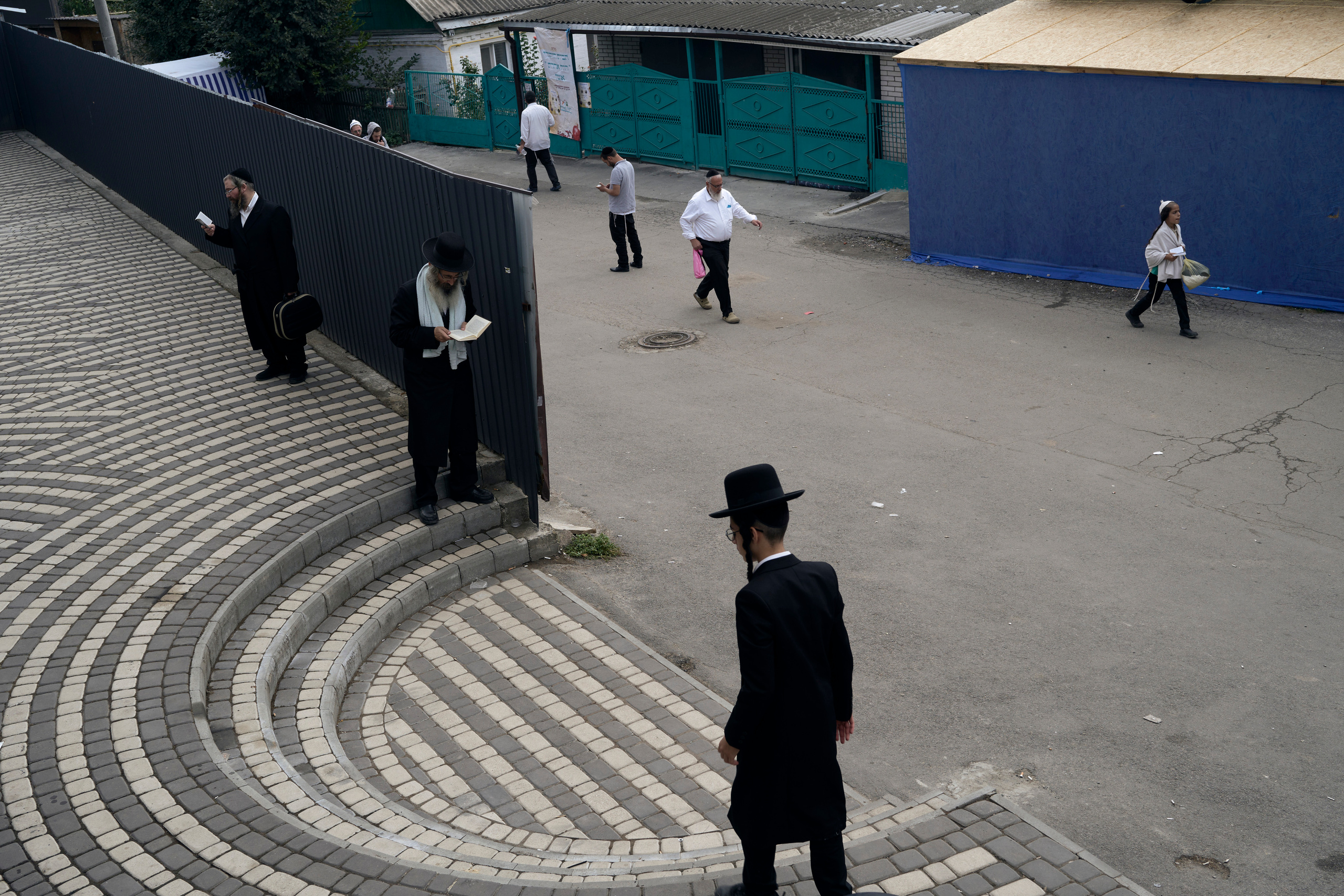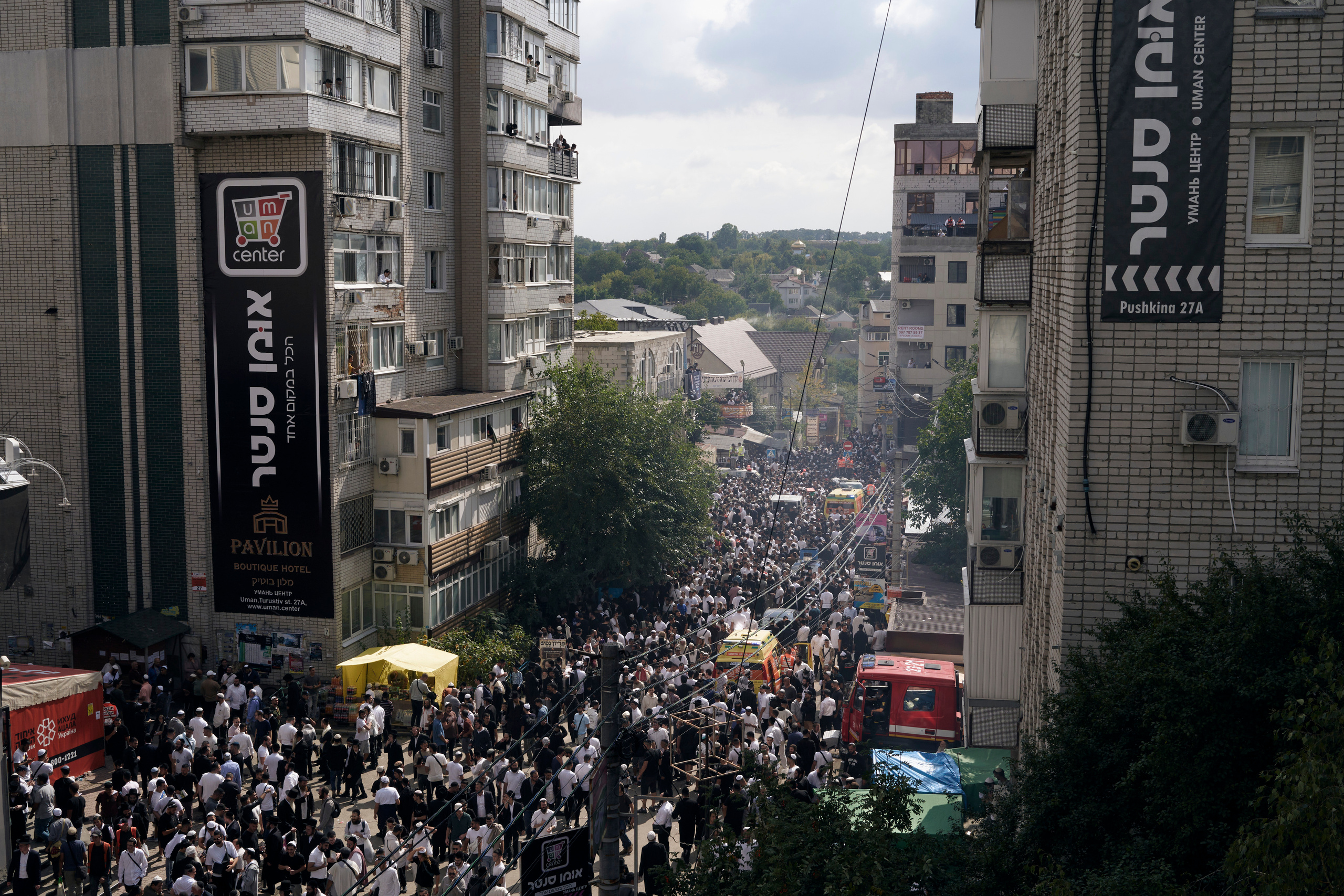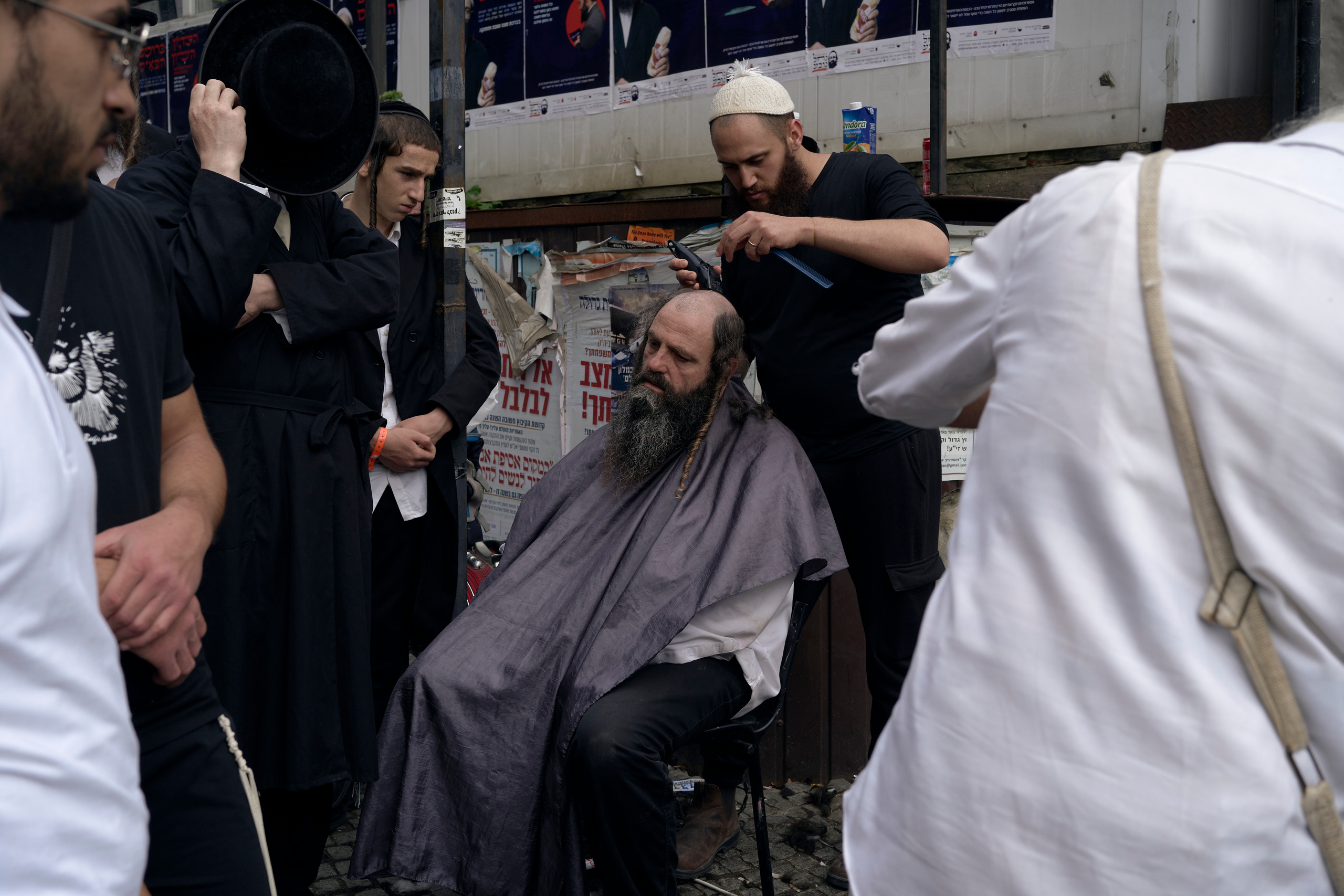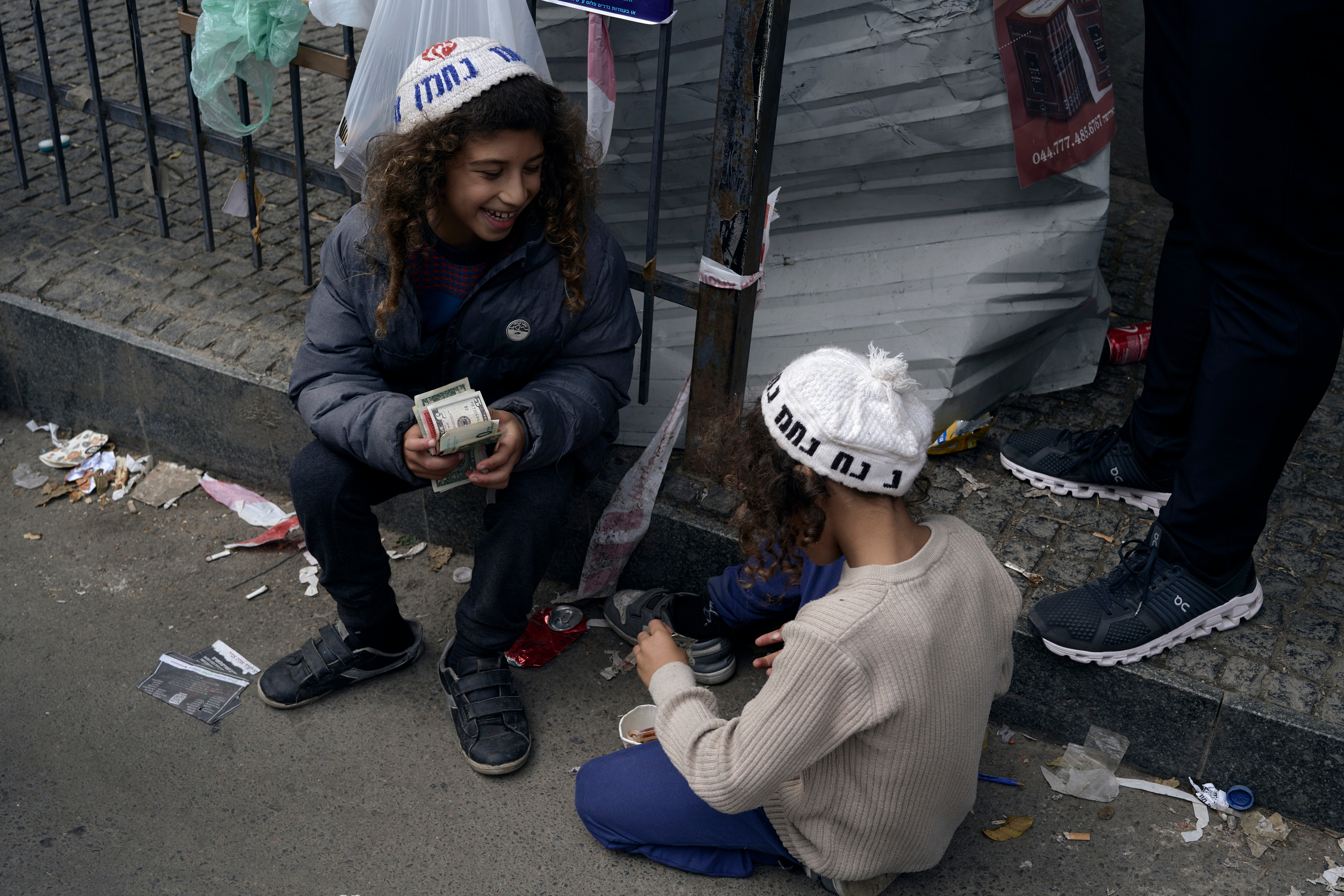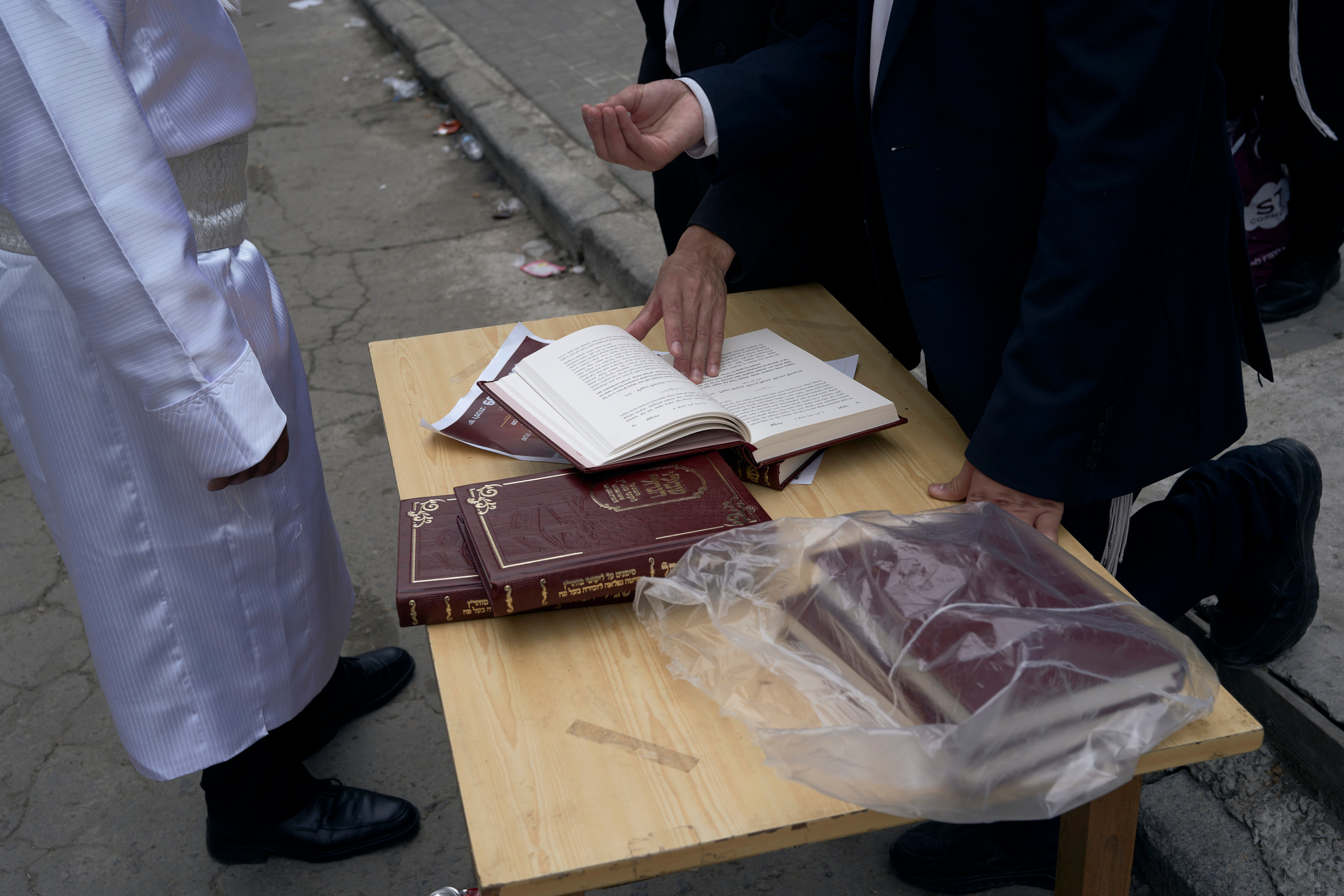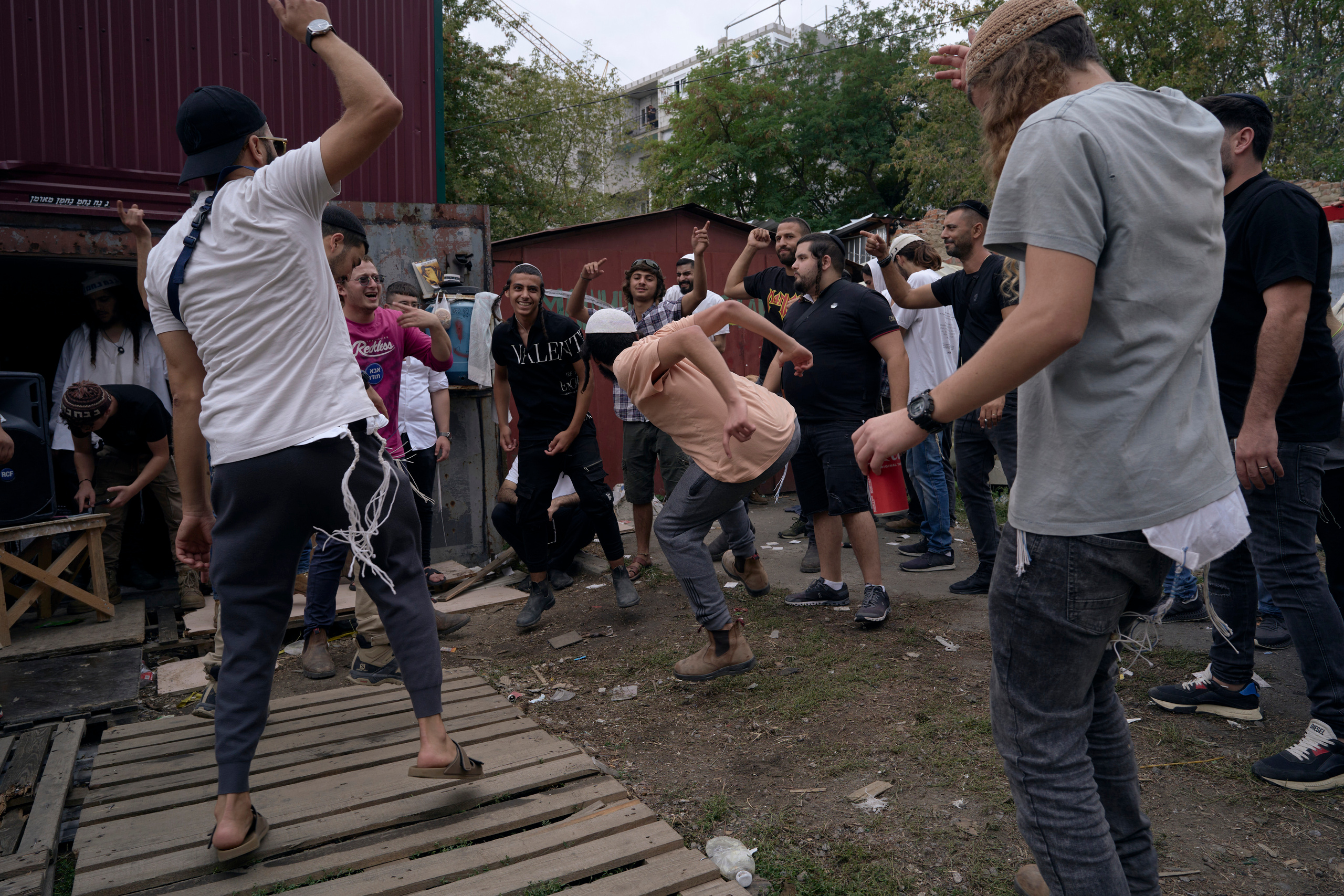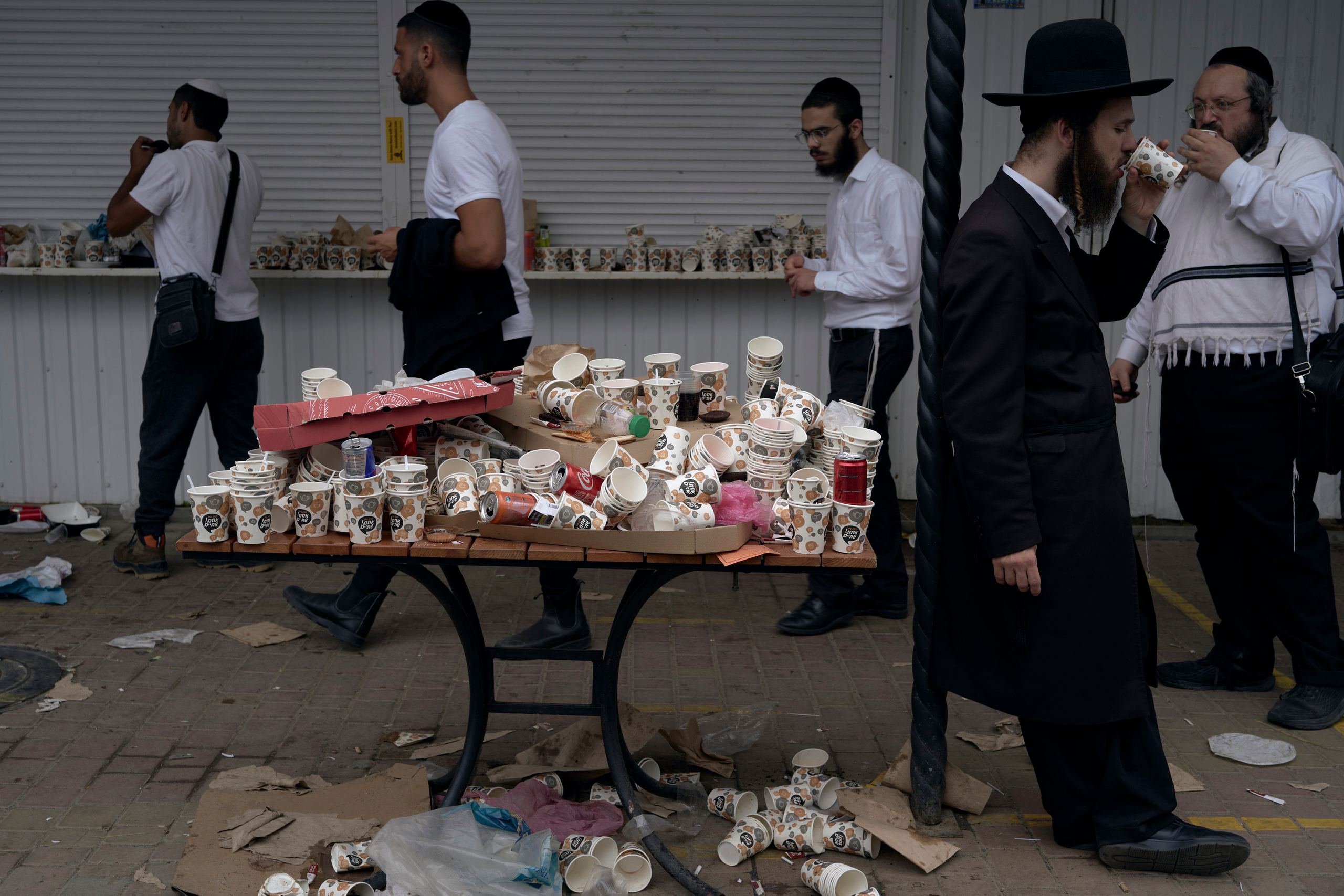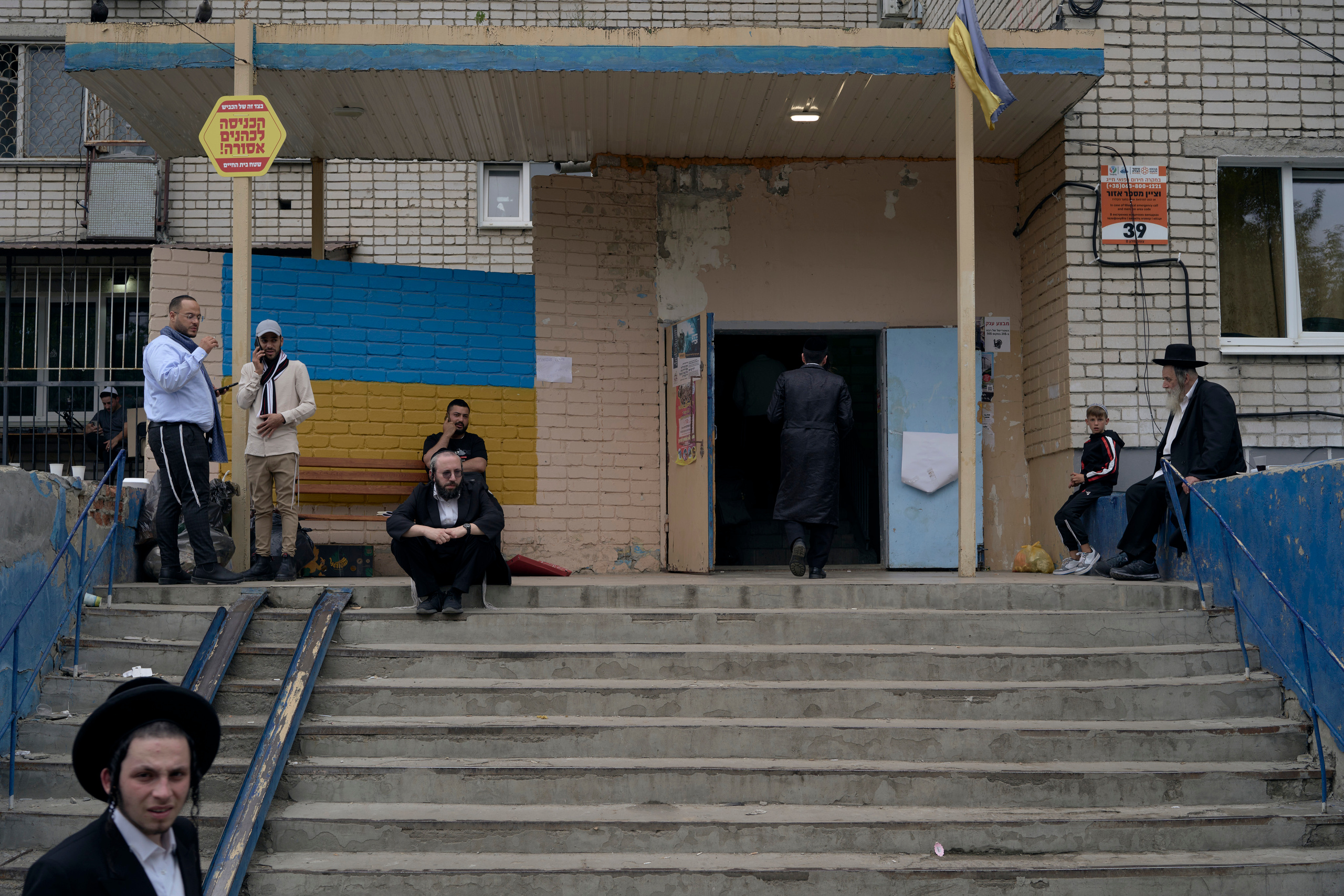Rosh Hashanah is the Jewish New Year, celebrated on two consecutive days on the new moon of the fall month of Tishrei (Tishri) in the Jewish calendar (September or October). From this day the counting of the days of the new Jewish year begins.
Representatives of one of the movements of Judaism — the Bratslav Hasidim — make a pilgrimage to Uman, the city in central Ukraine, at this time, because the grave of the founder of this movement, Rabbi Nachman of Bratslav, is located in the city.
Hasidim consider it their duty to visit the grave of Tzadik Nachman at least once in their lives. They also believe that if they meet the Jewish Rosh Hashanah at his tomb, the next year will be a happy one for them.
Rosh Hashanah is a time of prayer and reflection on life. The celebrations last for two days. After the general prayer, every Hasid seeks to pray at the tomb of the Tzaddik, and not only for themselves, each pilgrim brings with him notes with various requests from relatives, neighbors and friends. Nachman bequeathed to recite 10 psalms, which he believed could atone for sins. After reciting the psalms, tzedakah (alms) should be given, which children gladly collect from passersby. Since the Rabbi advised singing and dancing to glorify God, you can see Hasidim everywhere on the streets and balconies dancing to any kind of music.
Also on these days you can observe such a phenomenon as barbershops in the middle of the street — this is due to the fact that Hasidim have a custom to cut hair on the eve of religious holidays.
This year Rosh Hashanah is being celebrated on 15-17 September. Despite warnings from the Ukrainian authorities about the danger of rocket attacks, more than 32,000 Hasidim came to Uman this year.

